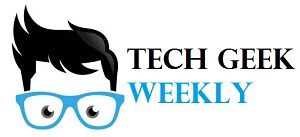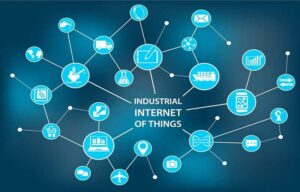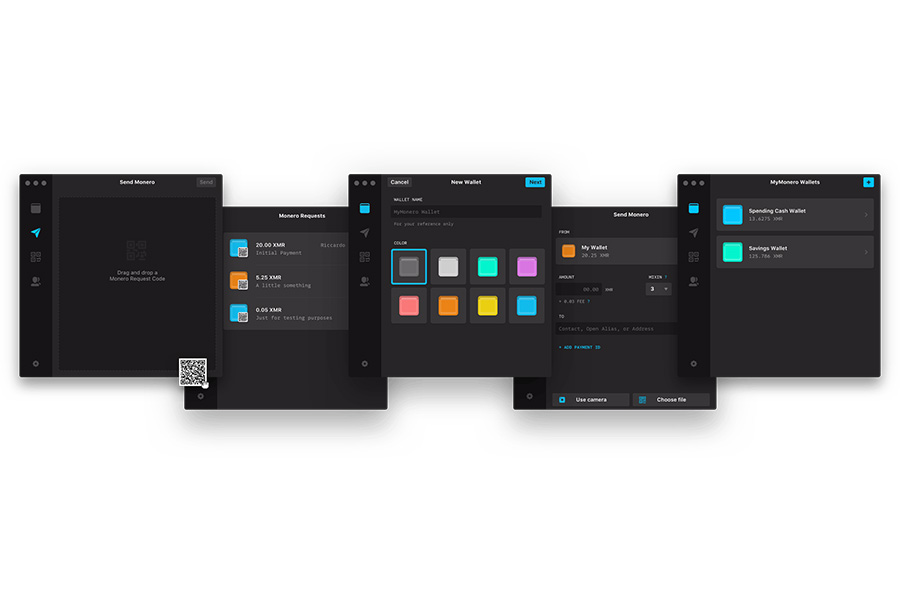Introduction
In the (still fantasized) era of Industry 4.0 , the Industrial IoT platform appears to be the Holy Grail. It must not only manage hundreds of machines and connected equipment, but also provide a layer of analytics, even machine learning . The data collected must be processed in order to facilitate production management, avoid breakdowns or even ensure the safety of operators.
Truly alive for five years, this market, initially populated by startups, has seen the arrival of historical experts in IT, OT and the cloud. Hitachi, Siemens, Software AG, Schneider Electric, PTC, General Electric have gradually joined the dance. Microsoft, AWS, IBM, Oracle and Google have followed suit.
These players quickly detected the constraints imposed on manufacturers. They must produce better, at lower costs, and optimize their investments in ever more expensive equipment.
The above capabilities of IIoT platforms should make it easier for them. Technologies such as digital twinning , augmented reality and AI / machine learning complete the basic contributions of such solutions. Asset monitoring, temperature maintenance in cold environments, predictive maintenance of motors and production line actuators… The possibilities are numerous.
However, publishers face a double difficulty. The Internet of Things brings together all the issues encountered when setting up an IT infrastructure: network, connectivity protocols, data interoperability, storage, processing, etc. The IIoT imposes, it, to make dialogue the IT, the computer systems of company, with the OT, the operational systems.
This IT/OT convergence is more or less well assimilated by suppliers and publishers. Listening to them, the players whose clients are mainly industrialists seem to have taken precedence. The cloud giants surround themselves with partners, the very ones who have understood this dynamic. In this regard, Microsoft and AWS are highlighted by their partners.
Such an approach has what it takes to appeal to industrial customers. They are attentive, they test and prepare deployments, as indicated by the Microsoft Signals study in August 2019. However, these companies sometimes report high costs, a need to train developers and staff, as well as fears in terms of of cyber security .
Other publishers such as Siemens, Rockwell Automation and Software AG evoke the case of certain customers seeking the best way to preserve their existing IT and OT parks, while modernizing them. Some manufacturers do not want to hear about the cloud, which forces another vision of the IIoT platform, now centered on the cloud. It is not uncommon for network access to be limited within factories: frugal alternatives are essential.
For now, only large groups are fully embarking on the adventure, like Volkswagen, which has entered into a major contract with AWS and Siemens. Fabrice Hugues, Technical and Innovation Director at Software AG France, said he received major calls for tenders in November 2019
Solutions exist, significant use cases are in production. For example, beer manufacturer Carlsberg has already connected about 20 factories with PTC’s Thingworx platform.
However, it is possible to start on a reduced scale, even individually. In France, Fiat Powertrain in Bourbon-Lancy – an engine manufacturer – first started by connecting a machine with Siemens in order to optimize its use and production. Rockwell Automation and Microsoft also claim that you can deploy in stages.
In this essential guide, we try to give you a reading grid, prerequisites, and inform you about the strategies of publishers with some advice for considering the adoption of an IIoT platform.




